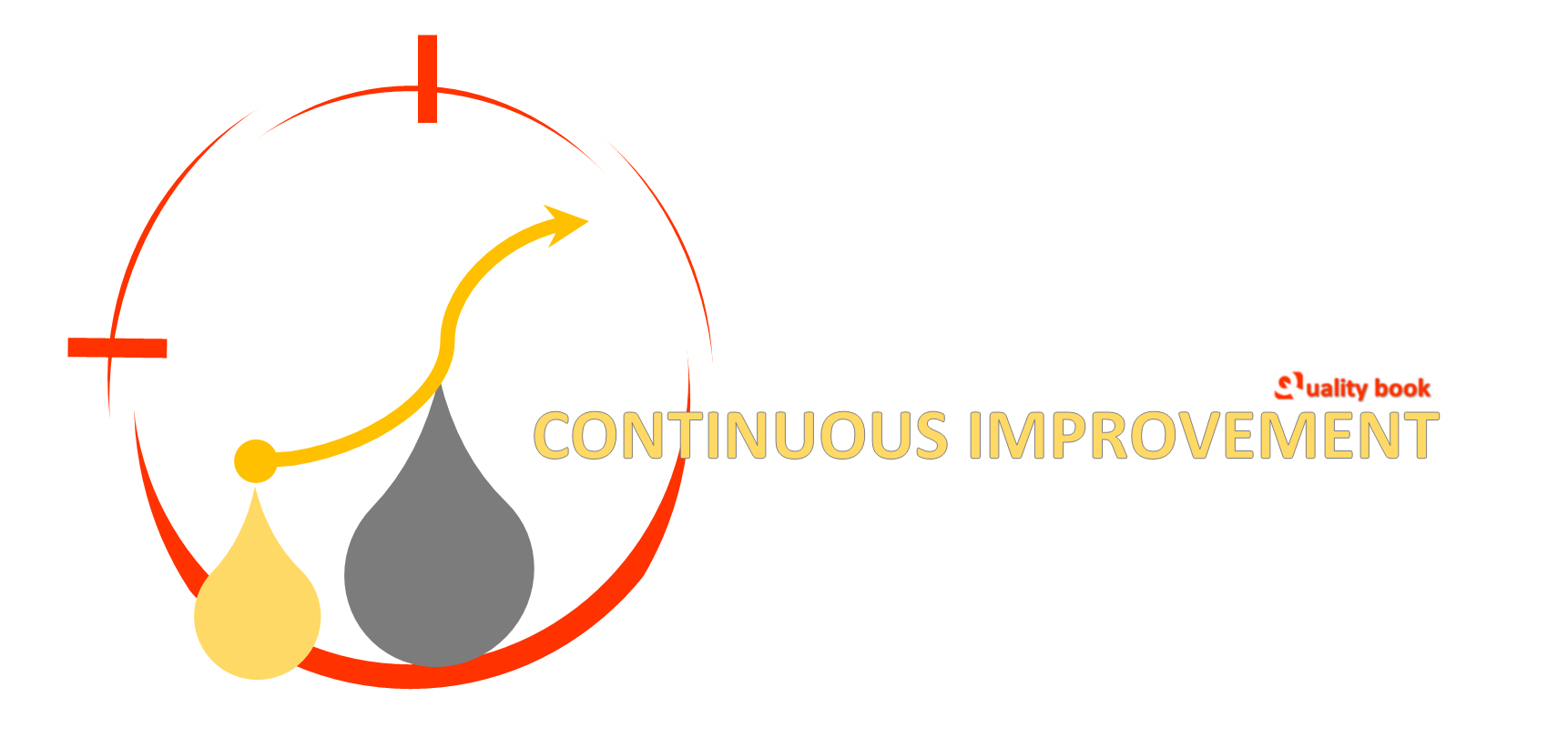The Continuous Improvement Model helpful to analyzing existing processes, and performance improvement of the business.
Today’s cut-throat business competition demands every business to improve its processes. This competition has increased especially in the past 10 to 15 years, due to the consumers’ demand for better products and services, and the choices of suppliers available to them. Hence, the Continuous Improvement Model has been adopted by companies for measuring their current processes and making suitable performance improvements.

Presently, the Failure Demand concept is gaining attention globally.
Demand provides the greatest leverage for improvement
Sometimes, the management has wrong ideas about the organization’s performance improvement. For instance, management in call centers had other ideas about improving the service, but Seddon discovered that conversely, the customers calling had two types of demands – value demand (call demands) and failure demand (grievance and suggestion demands). He found out that this failure demand rate was 25 percent to 75 percent in private service sector, while in the public sector, it was almost 90 percent. Concentrating on the failure demands will result in reduced costs and improved customer service.
Costs are in flow
This is the management paradox. For example, call centers could be brought back in-house instead of outsourcing, so that both types of customer demands (value and failure) are met with at the first instant.
Failure demand is created by design of work
The design of work in service organizations can also create failure demand. Though there is functional separation of work and optimization of each function, the absence of total system optimization will cause waste, sub-optimization in duplication, delays, hand-offs, etc., leading to failure demand.
Standardization and technology create waste in service
The variety of demands in service cannot be fully absorbed by technology and automation. As a result, failure demand increases.
Thus, the results are obvious. But failure demand must not lead managers into finding wrong ways to eliminate it. Doing so will show the inappropriateness of management behavior. For eliminating failure demand, you have to change the management thinking, and this will automatically change the system. The managers will be more open to design and management according to customer demands. Then the managing costs will fall automatically.